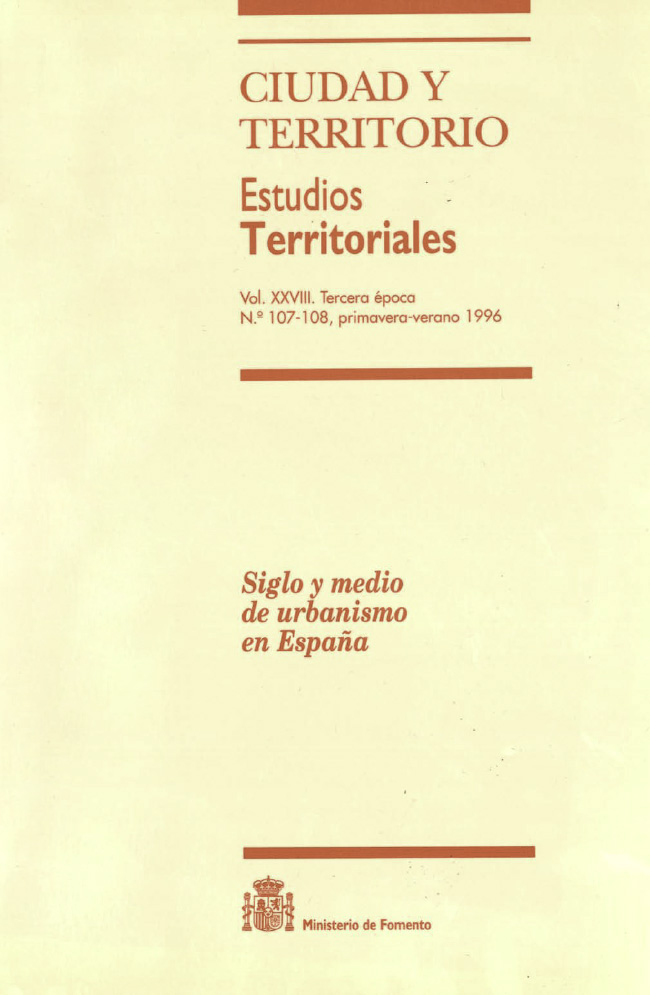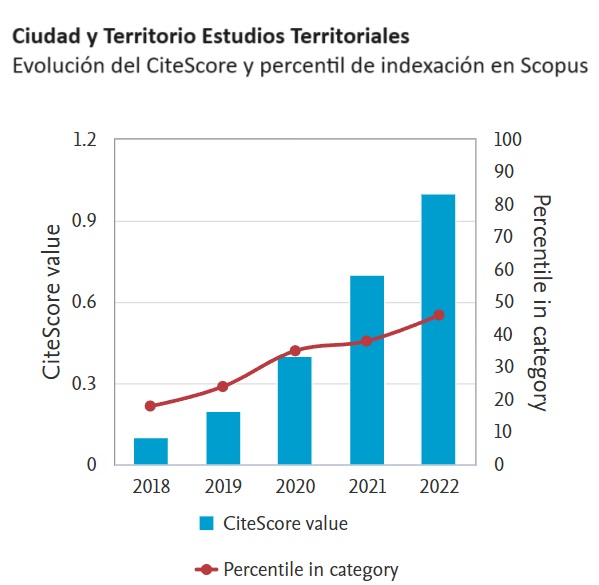The evolution of urbanistic planning (1846-1996)
Abstract
The history of such planning is here seen as the history of the idea of the city itself as much as that of the regulation of building the same in practice and how it has been transformed in keeping with changing theoretic postulations as to its nature and those means of intervention in the process available. Three principal ways of understanding the planning of the city are here seen to typify the subject during the historical changes proper to the period in question. From the primitive understanding of a General Planning in terms of lay out (regulation in terms of alternative two dimensional city model options), planning moved on a planning that embraced an overall projecting of the city's developing (this including functional, social and economic long term pre-empting) to then consider the overall plan as a project (architecture here blatant and unashamedly being its be-all and end-all). The paper calls for a cool and synthetic re-understanding of the question.
Downloads
Published
How to Cite
Issue
Section
License
Copyright (c) 1996 Fernando de Terán Troyano

This work is licensed under a Creative Commons Attribution-NonCommercial-NoDerivatives 4.0 International License.
Considering the provisions of the current legislation on Intellectual Property, and in accordance with them, all authors publishing in CyTET give -in a non-exclusive way and without time limit- to the Ministry of Transport, Mobility and Urban Agenda the rights to disseminate, reproduce, communicate and distribute in any current or future format, on paper or electronic, the original or derived version of their work under a Creative Commons Attribution-NonCommercial-NoDerivative 4.0 license International (CC BY-NC-ND 4.0), as well as to include or assign to third parties the inclusion of its content in national and international indexes, repositories and databases, with reference and recognition in any case of its authorship.
In addition, when sending the work, the author(s) declares that it is an original work in which the sources that have been used are recognized, committing to respect the scientific evidence, to no longer modify the original data and to verify or refute its hypothesis. Author(s) also declare that the essential content of the work has not been previously published nor will it be published in any other publication while it is under evaluation by CyTET; and that it has not been simultaneously sent to another journal.
Authors must sign a Transfer of Rights Form, which will be sent to them from the CyTET Secretariat once the article is accepted for publication.
With the aim of promoting the dissemination of knowledge, CyTET joins the Open Journal Access (OA) movement and delivers all of its content to various national and international indexes, repositories and databases under this protocol; therefore, the submission of a work to be published in the journal presupposes the explicit acceptance by the author of this distribution method.
Authors are encouraged to reproduce and host their work published in CyTET in institutional repositories, web pages, etc. with the intention of contributing to the improvement of the transfer of knowledge and the citation of said works.







